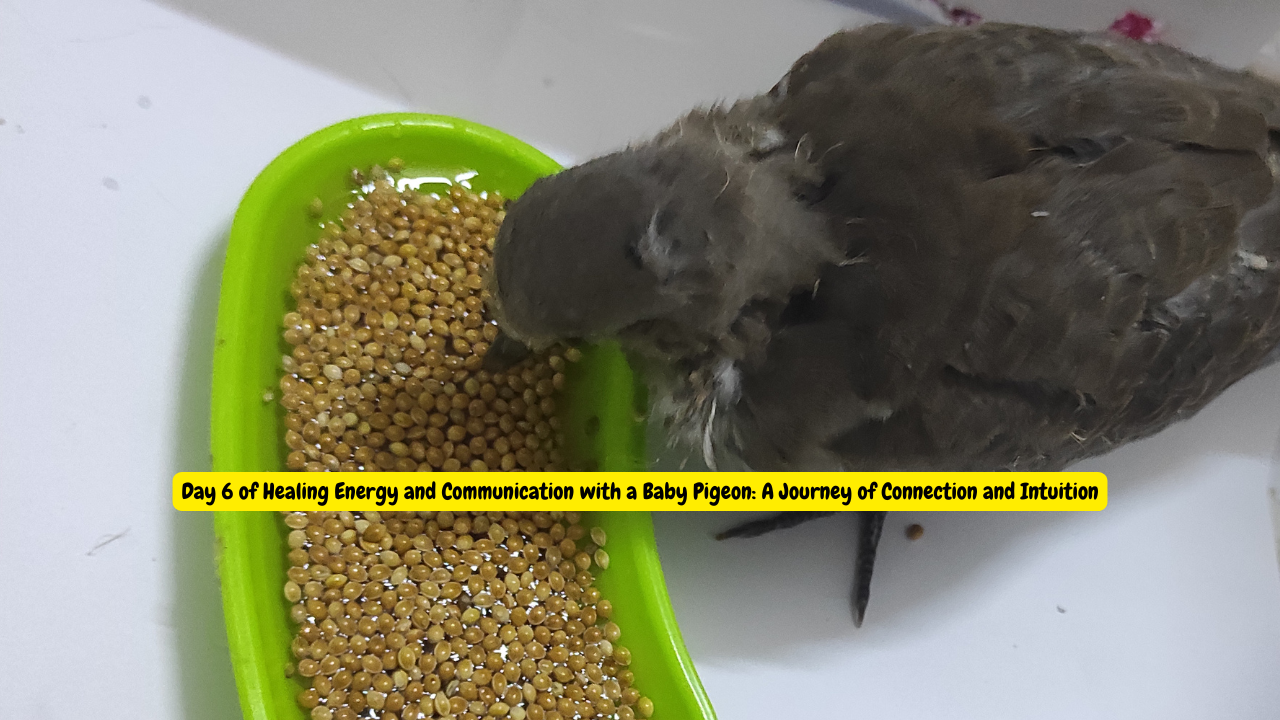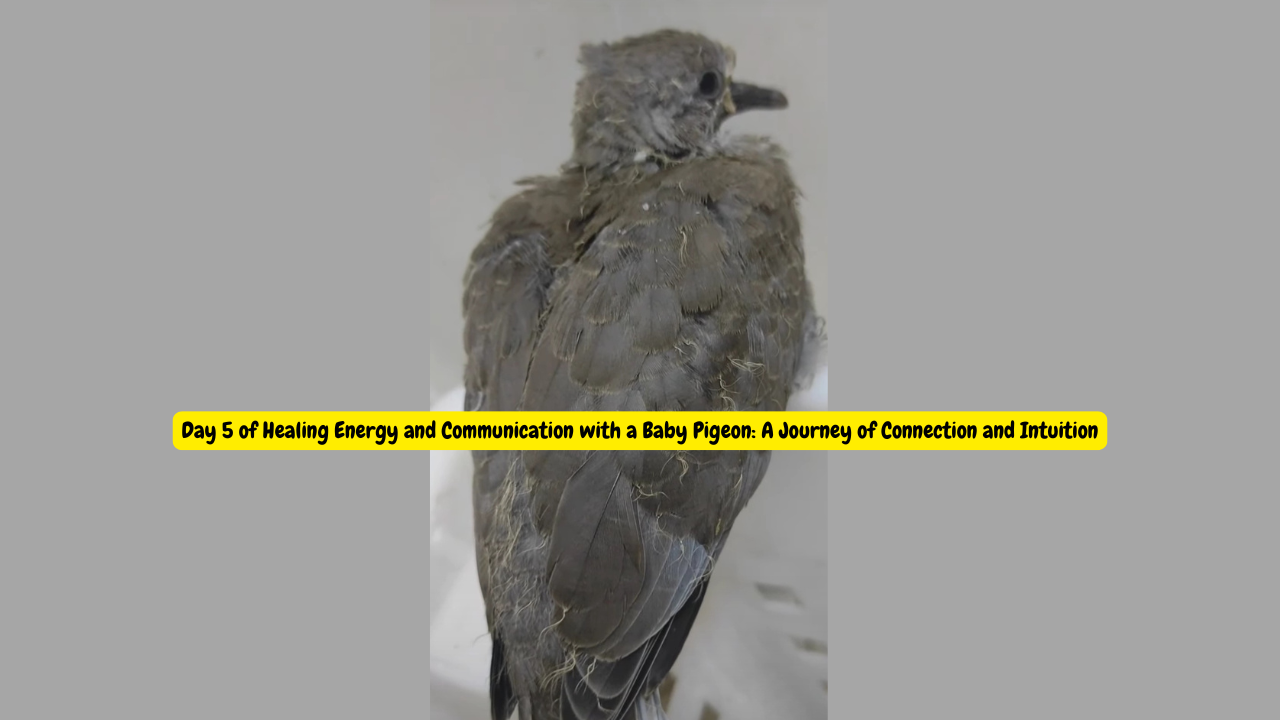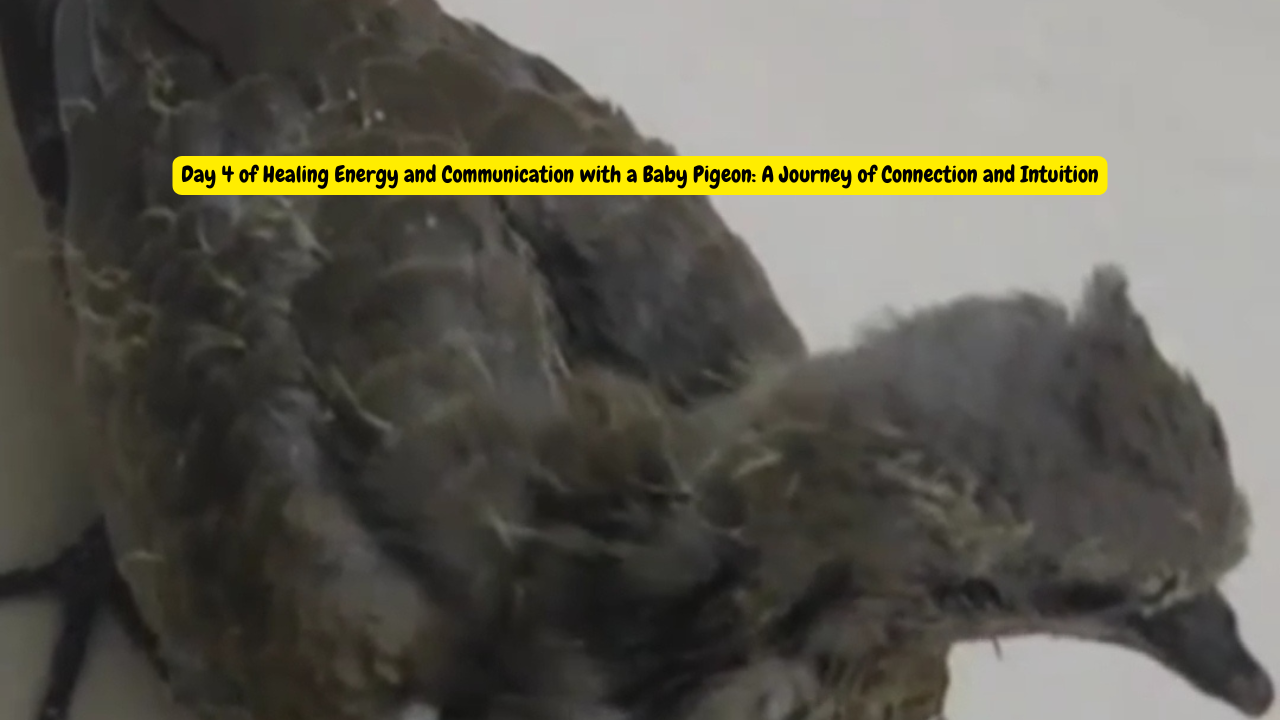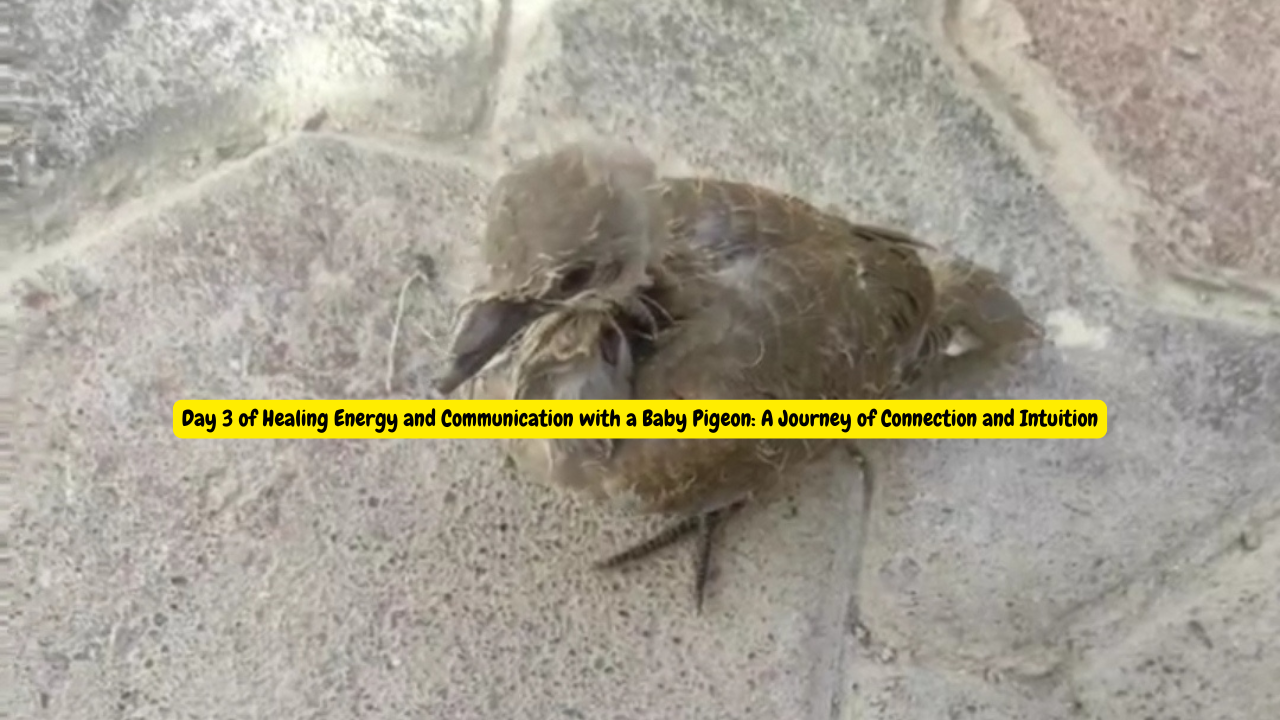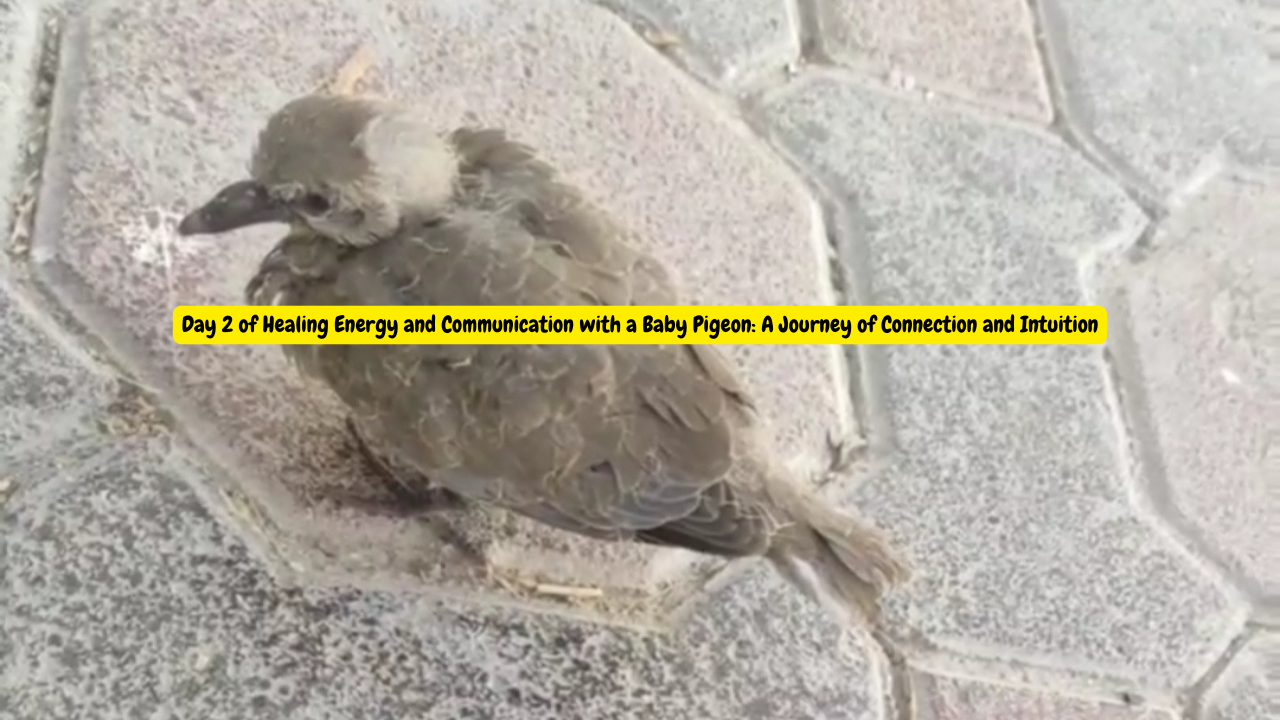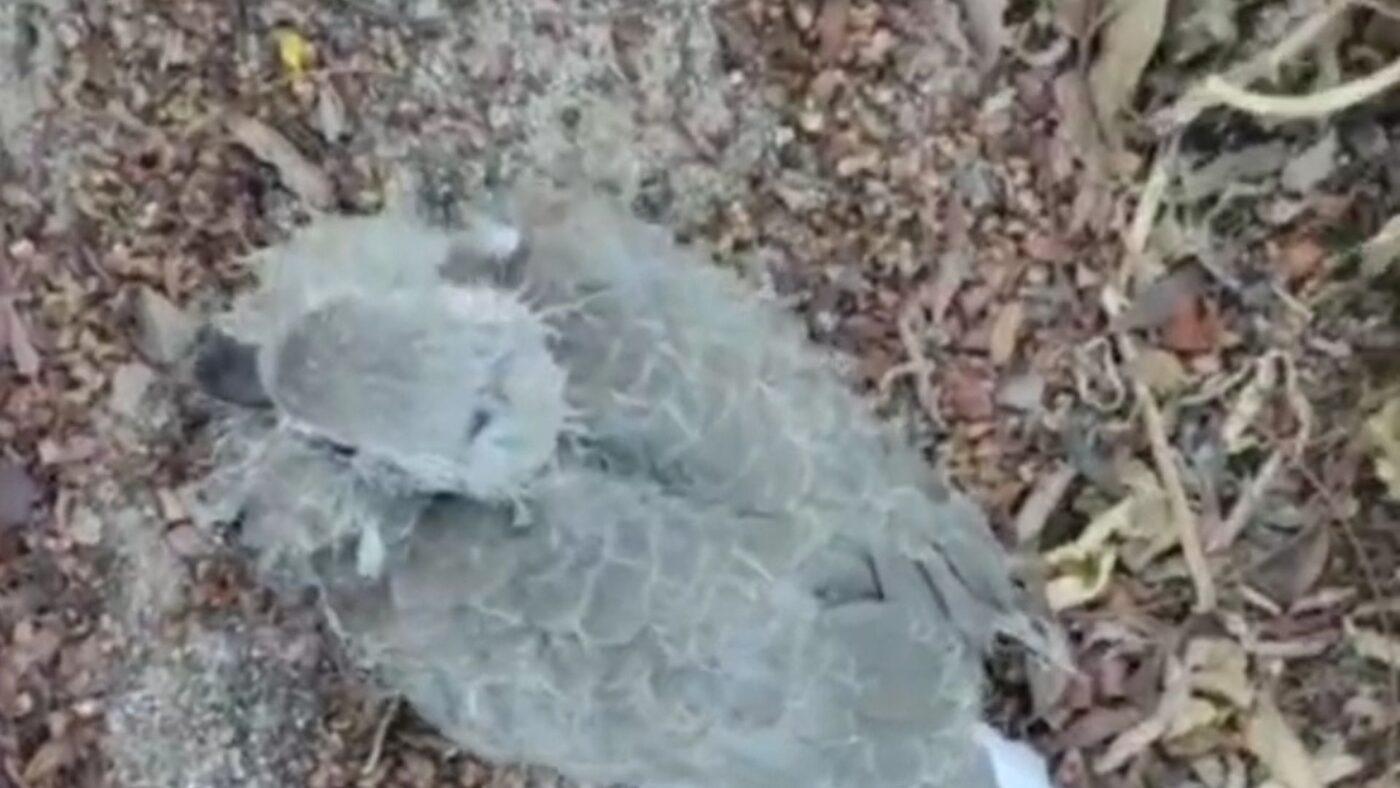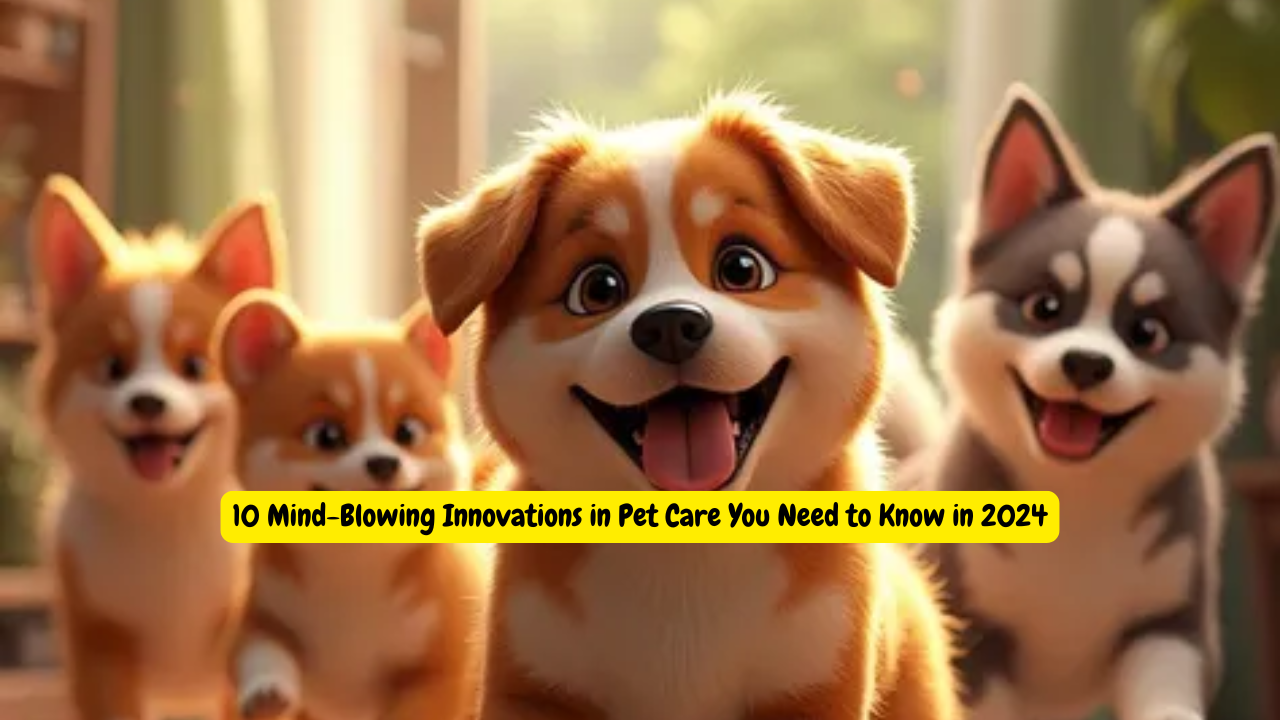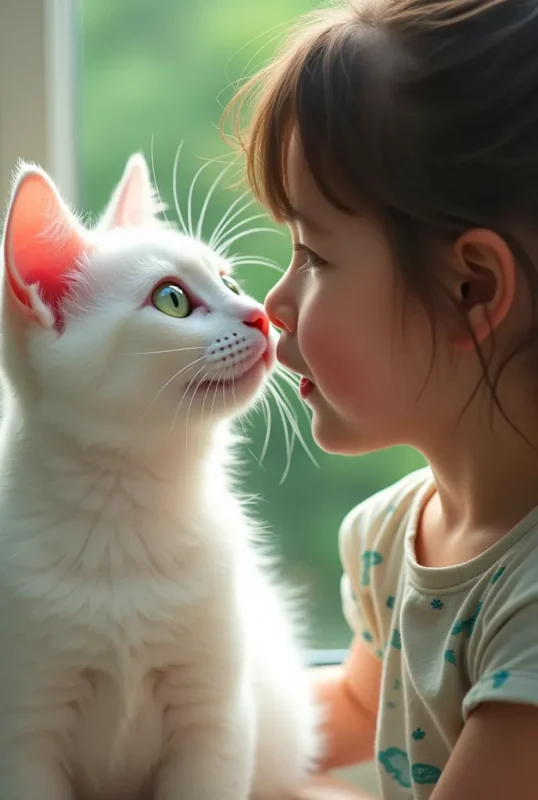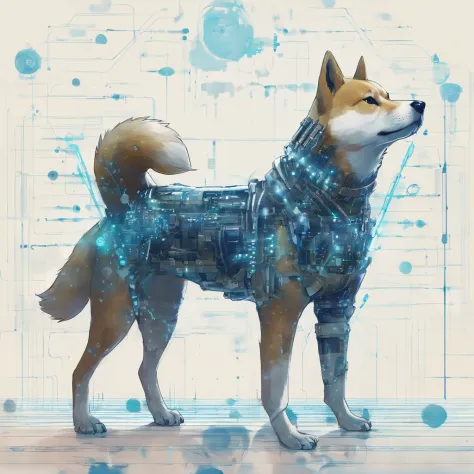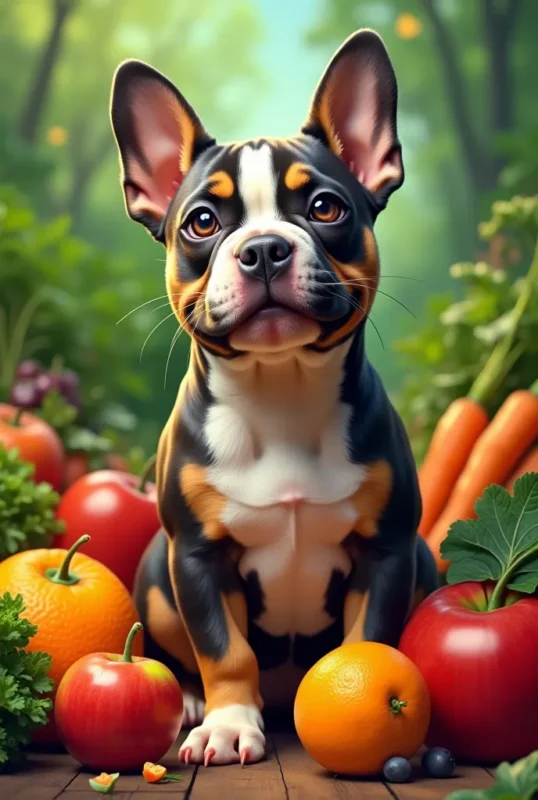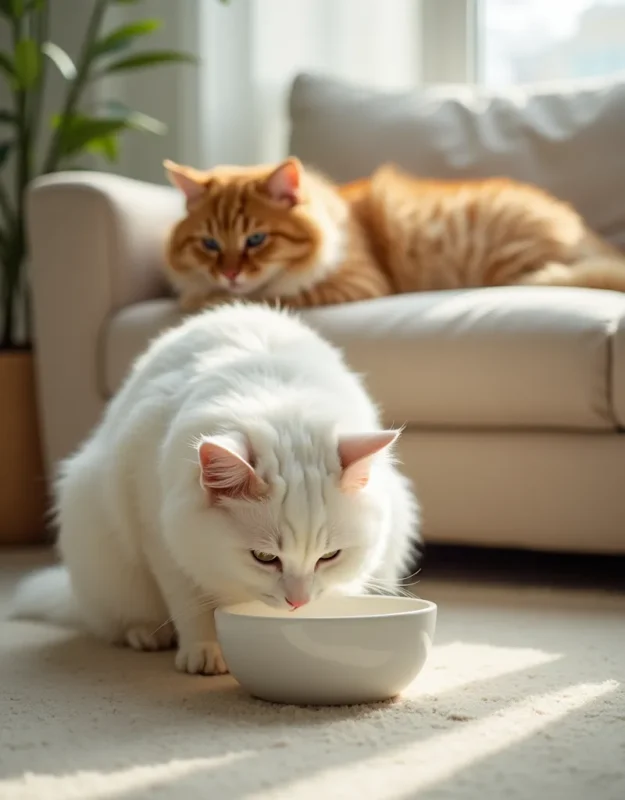Introduction
In today’s world of conscious living, choosing a pet goes beyond cuteness or trendiness. More pet lovers are seeking animals whose energy aligns with their own. This intuitive approach to pet selection is not only gaining popularity, but it’s also backed by holistic wellness advocates who believe in the power of animal energy healing. In this comprehensive guide, we explore how animal energy healing can help you connect with and choose the most suitable pet for your emotional, energetic, and lifestyle needs.
Whether you’re a first-time pet parent or considering adding another companion to your family, this article will provide the spiritual, energetic, and practical framework for making a decision that leads to lasting harmony for both you and the animal.
Table of Contents
- Understanding Animal Energy Healing
- Why Choosing the Right Pet Matters Energetically
- Common Energy Profiles of Popular Pets
- The Role of Your Own Energy Field in Pet Selection
- Animal Energy Healing Techniques for Compatibility Assessment
- How to Prepare Yourself Energetically Before Adopting
- Real-Life Examples of Energetic Pet Compatibility
- The Role of Energy Healers and Telepathic Communicators
- Integrating Energy Healing into Your Pet’s Life
- Conclusion: Co-creating Energetic Balance with Your Pet
- Understanding Animal Energy Healing
Animal energy healing is a holistic practice that involves working with the energetic field of animals to promote wellness, balance, and emotional harmony. Every living being has an energy field—often referred to as the biofield or aura—which reflects physical, mental, and emotional states.
Practices like Reiki, crystal healing, chakra balancing, and intuitive communication are used in animal energy healing to:
- Alleviate stress and anxiety
- Enhance immune response
- Release trauma (especially in rescues)
- Strengthen the human-animal bond
- Facilitate emotional communication and spiritual growth
Animal energy healing acknowledges animals as sentient beings with emotional intelligence, energetic sensitivities, and their own spiritual paths. This understanding forms the foundation for choosing a pet who truly resonates with your energy and lifestyle.
- Why Choosing the Right Pet Matters Energetically
Not every pet is energetically compatible with every person. Just as humans seek friendships and partnerships with those whose personalities and values align, your bond with a pet will also benefit from energetic resonance.
Some reasons why energetic compatibility matters:
- It reduces the risk of behavioral issues caused by emotional misalignment
- It helps pets adjust faster to their new homes
- It leads to a more peaceful, intuitive bond
- It supports mutual healing and growth
Energy mismatches can result in stress, anxiety, or hyperactivity in pets, especially if their environment doesn’t support their core nature. By applying principles of animal energy healing before choosing a pet, you can avoid unnecessary heartache—for both you and the animal.
- Common Energy Profiles of Popular Pets
Different animal species—and even breeds within species—carry unique energetic qualities. Here’s a simplified overview:
Dogs
- Labrador Retrievers: Grounded, loyal, nurturing. Ideal for families or emotionally open individuals.
- Border Collies: High-energy, mental sharpness. Best for active owners with structured routines.
- Chihuahuas: Sensitive, protective, energetic. Suit emotionally attuned individuals in small living spaces.
Cats
- Maine Coons: Calm, intuitive, emotionally stabilizing. Ideal for empaths and introverts.
- Siamese: Vocal, affectionate, psychic. Excellent for those who communicate nonverbally.
- Sphynx: Social, warm, humorous. Perfect for open-hearted, expressive owners.
Other Pets
- Rabbits: Gentle, grounded, and energetically quiet. Ideal for calming homes or meditative personalities.
- Birds (Parrots): Vocal, intelligent, energetically high. Best for expressive communicators and mentally active households.
- Fish: Serene, elemental water energy. Perfect for feng shui or spiritual ambiance.
Each pet’s energy also depends on their individual personality, early-life experiences, and health status. That’s why tuning in with the help of animal energy healing is key before bringing one home.
- The Role of Your Own Energy Field in Pet Selection
Your energy field is a reflection of your thoughts, emotions, and life path. Pets are highly sensitive to the auric and vibrational fields around them. Before choosing a pet, ask yourself:
- What energy do I typically project (calm, chaotic, anxious, nurturing)?
- Am I looking for companionship, healing, protection, or fun?
- What phase of life am I in—transformation, recovery, expansion?
For example, someone going through grief may benefit from a deeply intuitive animal like a senior cat or rabbit, while someone building energy and movement might connect better with an active dog.
Animal energy healing can help you assess and clear your own energy field, making you more aware of what kind of pet would naturally sync with your path.
- Animal Energy Healing Techniques for Compatibility Assessment
There are several techniques you can use to evaluate compatibility with a potential pet using animal energy healing principles:
a) Pendulum Dowsing
Using a pendulum over a photo or in the presence of a pet can help you measure energetic compatibility. If the pendulum swings strongly in one direction, it indicates a positive match.
b) Chakra Scanning
Scan the energy centers (chakras) of yourself and the pet. Balanced chakras or complementary imbalances (e.g., your blocked throat chakra with a highly communicative pet) can signify a growth-aligned match.
c) Intuitive Visualization
Close your eyes and picture being with the pet. Do you feel warmth, joy, calmness, or resistance? Your body’s subtle responses hold the truth.
d) Telepathic Communication
Animal communicators can “tune in” to the animal’s desires and feelings, revealing if the pet is interested in being with you and whether the match is spiritually appropriate.
- How to Prepare Yourself Energetically Before Adopting
Before inviting an animal into your life, you can engage in the following practices to prepare your own energy:
- Meditation and grounding exercises
- Clearing your living space with sage or sound
- Healing unresolved grief from previous pets
- Journaling your intentions for the relationship
- Setting clear energetic boundaries (if needed)
Animal energy healing practitioners can help you cleanse emotional residue that might unconsciously affect the new pet. This preparation not only supports compatibility but helps you become a more aligned and responsible pet parent.
- Real-Life Examples of Energetic Pet Compatibility
Example 1: Empath and the Golden Retriever
Sarah, an empathic introvert dealing with anxiety, was initially drawn to a Siberian Husky. But during a healing session, her practitioner noticed energetic friction. They later met a senior Golden Retriever whose aura exuded warmth and gentleness. The dog naturally leaned into her space during their first meeting. That instant resonance led to a harmonious bond that also reduced Sarah’s anxiety over time.
Example 2: Child with ADHD and the Rescue Cat
A mother was seeking a pet to help her child with ADHD focus and stay calm. They were drawn to a vibrant kitten, but an energy healer recommended a mature, grounded cat with earthy energy. The match proved successful: the child’s sleep improved, and meltdowns reduced as the cat frequently slept beside him, harmonizing his energy field.
- The Role of Energy Healers and Telepathic Communicators
Animal energy healers and communicators play a key role in facilitating conscious pet adoption. They can:
- Read the animal’s energy and emotional state
- Identify past trauma or karmic ties
- Detect vibrational alignment with potential owners
- Support the transition into the home with calming energy work
If you’re choosing a pet from a shelter or breeder, consulting with an animal energy healer can ensure your choice supports mutual growth, healing, and long-term well-being.
- Integrating Energy Healing into Your Pet’s Life
Once you’ve chosen your pet, energy healing doesn’t stop. Integrating it into their life promotes ongoing harmony and health. You can:
- Perform regular energy check-ins (via Reiki, visualization, or crystals)
- Observe shifts in behavior as energetic cues
- Use flower essences or essential oils (safely) to balance emotions
- Provide grounding experiences (e.g., nature walks, chakra sound baths)
Pets often absorb the emotional and energetic burdens of their owners. Regular energy healing helps clear stagnation and keep both of you aligned.
- Conclusion: Co-creating Energetic Balance with Your Pet
Choosing a suitable pet is a sacred, energetic decision that goes beyond the surface. Animal energy healing provides the tools to listen, sense, and connect with the souls of the animals we invite into our homes.
By approaching pet selection through the lens of energetic compatibility, we foster deeper trust, mutual healing, and a more compassionate relationship with the animal kingdom.
Whether you’re seeking comfort, companionship, or spiritual growth, the right pet is out there—waiting to meet the right version of you.
Let animal energy healing be your compass.
Start today. Choose love. Speak healing. Practice daily. And watch the miracles unfold.
Dive into two powerful guides designed to elevate both animal and human well-being:
🐾 “Practical Animal Energy Healing” – Learn how to connect with and heal your pets using intuitive, safe, and loving energy techniques.
💖 “Embrace Happiness” – A soul-nourishing journey to help you unlock inner joy, peace, and a purposeful life through natural, energetic, and emotional alignment.
✨ Whether you’re healing your furry friend or your own heart, these eBooks are your first step.
👉 Download Now & Begin the Journey »










